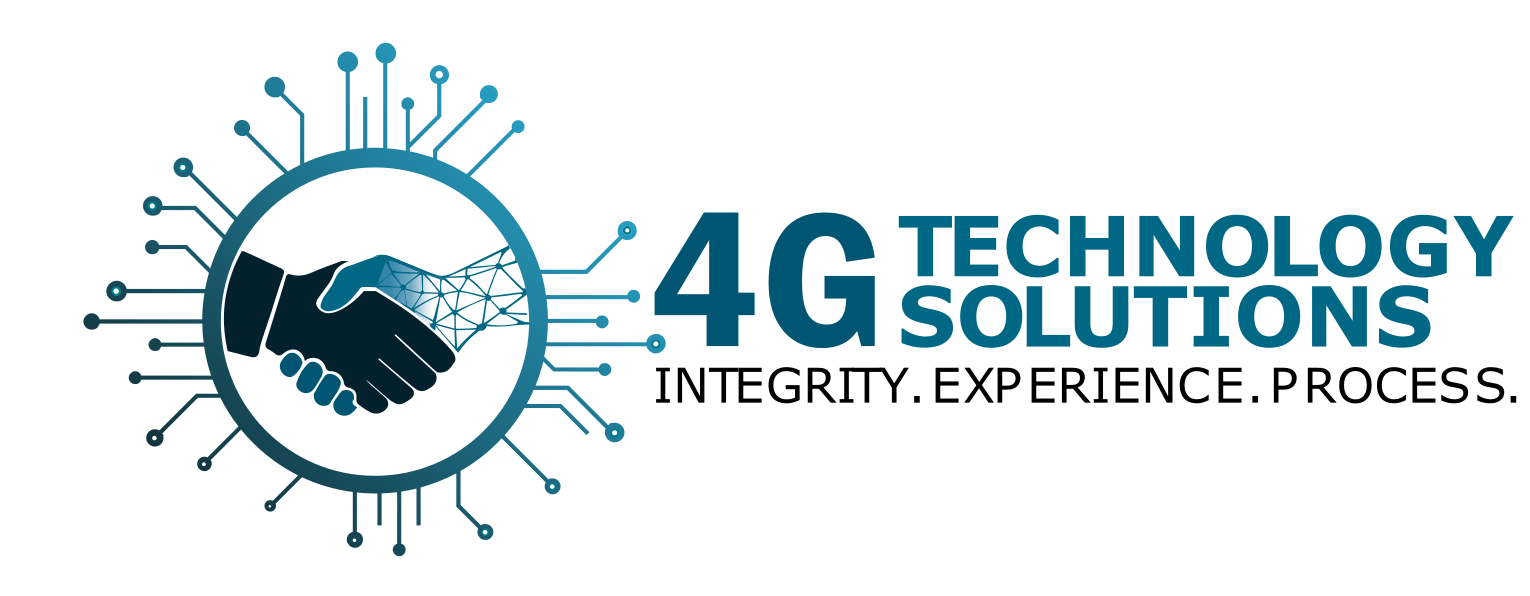Designed by Freepik
If you’re a new Scrum Master stepping into the world of large-scale Agile, the Scaled Agile Framework® (SAFe®) can feel overwhelming at first. Designed to help organizations apply Agile principles at scale, SAFe® offers a structured approach for aligning teams, managing complexity, and delivering value faster across large enterprises.
In this guide, we’ll break down the essentials of SAFe®. We will cover what it is, how it works, and what you need to know to confidently support your teams within a SAFe® environment.
What Is SAFe®?
The Scaled Agile Framework (SAFe®) is a comprehensive framework that extends Agile principles beyond individual teams to entire organizations. It integrates Lean, Agile, and DevOps practices to support enterprise-level product development. SAFe® is especially useful for coordinating multiple Agile teams that must work together to deliver large, complex solutions.
Key Levels of the SAFe® Framework
SAFe® operates across several organizational levels. Here’s how each one contributes to enterprise agility:
1. Team Level
At the foundational level, Agile teams use Scrum, Kanban, or a hybrid method to deliver incremental value in short iterations. Scrum Masters play a crucial role in facilitating team ceremonies, removing blockers, and promoting continuous improvement.
2. Program Level
Multiple Agile teams come together to form an Agile Release Train (ART)—a long-lived team of teams that delivers features on a regular cadence. Scrum Masters coordinate with Release Train Engineers (RTEs) to support PI (Program Increment) planning and cross-team collaboration.
3. Portfolio Level
Here, strategic value streams and epics are managed to ensure that work aligns with the organization’s vision and goals. Lean Portfolio Management helps prioritize investments and governance.
4. Large Solution Level
For enterprises building extremely large and complex systems, this level supports coordination across multiple ARTs and suppliers. Solution Trains and Solution Management roles are introduced to ensure alignment and integration.
Benefits of SAFe® for Scrum Masters and Teams
Implementing SAFe® can significantly enhance agility across an organization. Key benefits include:
- ✅ Alignment: Keeps teams and leadership focused on shared goals and vision.
- 🤝 Collaboration: Encourages communication across teams, departments, and levels of the organization.
- ⚙️ Agility at Scale: Enables large enterprises to respond quickly to change without losing coordination or quality.
How to Get Started with SAFe®
For Scrum Masters looking to support their teams within SAFe®, here are the critical steps to begin:
1. Training and Certification
Enroll in official SAFe® courses such as Leading SAFe® or SAFe® Scrum Master (SSM) to build a solid foundation in the framework.
2. Define and Launch ARTs
Work with leadership to define value streams and launch Agile Release Trains that align with business goals.
3. Establish a Continuous Delivery Pipeline
Support the creation of a robust pipeline that enables continuous integration, testing, and deployment.
4. Facilitate PI Planning
Participate in and help facilitate Program Increment Planning, where all ART members come together to set goals and plan work for the upcoming increment.
Final Thoughts
As a Scrum Master in a SAFe® environment, your role is more critical than ever. You’re not just supporting a single team. You’re contributing to a larger, aligned system that delivers enterprise value. By understanding the SAFe® framework’s structure and principles, you’ll be better equipped to lead, collaborate, and scale success across your organization.
🎓 Ready to dive deeper? Consider exploring our SAFe® certifications and communities to continue growing your expertise and network.
✅ Learn from industry experts
✅ Hands-on, role-based training
✅ Actionable strategies for real-world results
👉 Enroll today and take the first step toward sustainable agile transformation.

